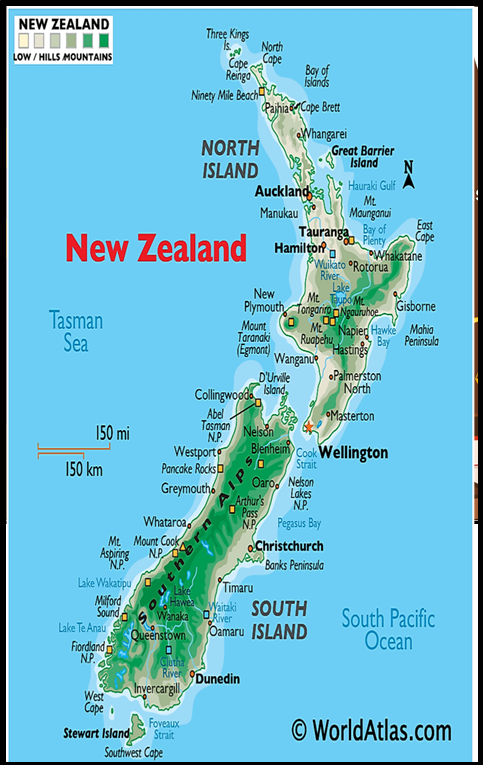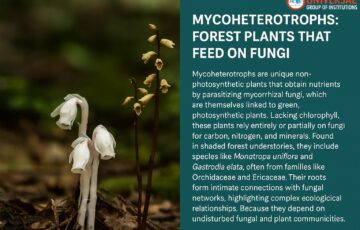“NEW ZEALAND GOVERNMENT PROPOSES REVERSAL OF OFFSHORE OIL EXPLORATION BAN”
Why in the news?
- New Zealand’s government plans to introduce legislation to lift the ban on offshore petroleum exploration, aiming to stimulate investment in the country’s oil and gas sector.
- The proposed bill seeks to overturn the ban implemented in 2018, except for exploration in the energy-rich Taranaki region, signaling a shift in New Zealand’s energy policy.
source:worldatlas
About Taranaki region:
- Location: Taranaki is a region located on the west coast of New Zealand’s North Island.
- Geographical Feature: It is named after its main geographical feature, the stratovolcano Mount Taranaki, also known as Mount Egmont.
- Main Centre: The main center of Taranaki is the city of New Plymouth, home to more than 65% of the region’s population.
- Natural Resources: The region also has significant oil and gas deposits, both onshore and offshore, including the Maui gas field and the Kupe and Pohokura gas fields.
- Economy: Taranaki’s economy is dominated by dairy farming, with Fonterra’s Whareroa milk factory producing the largest volume of dairy ingredients from a single factory globally.
| Key facts about New Zealand:
● Location: New Zealand is an island country in the southwestern Pacific Ocean. ● Geography: It consists of two main landmasses—the North Island (Te Ika-a-Māui) and the South Island (Te Waipounamu)—along with over 700 smaller islands. ● Capital: Wellington is the capital city, while Auckland is the most populous city. ● European Exploration: Abel Tasman (1642) and Captain James Cook (1769). ● Territorial Status: Includes Tokelau, Cook Islands, Niue (self-governing states), and Ross Dependency (Antarctica). |






